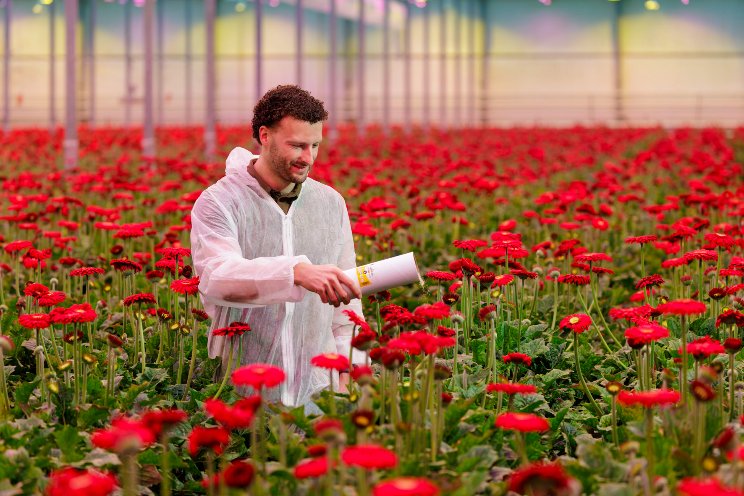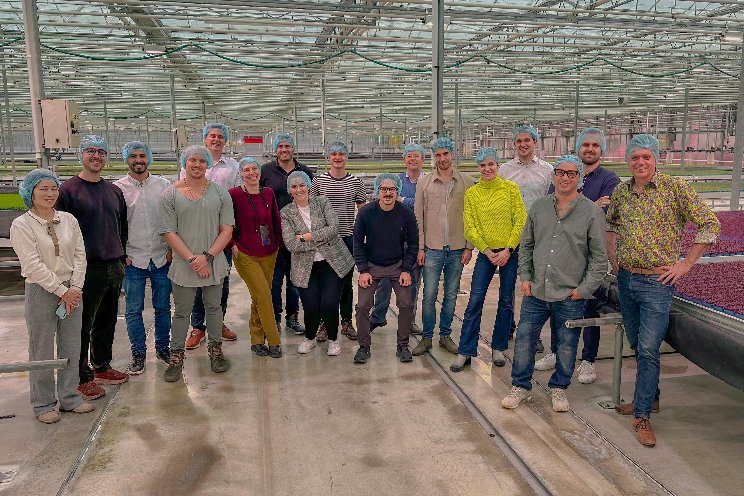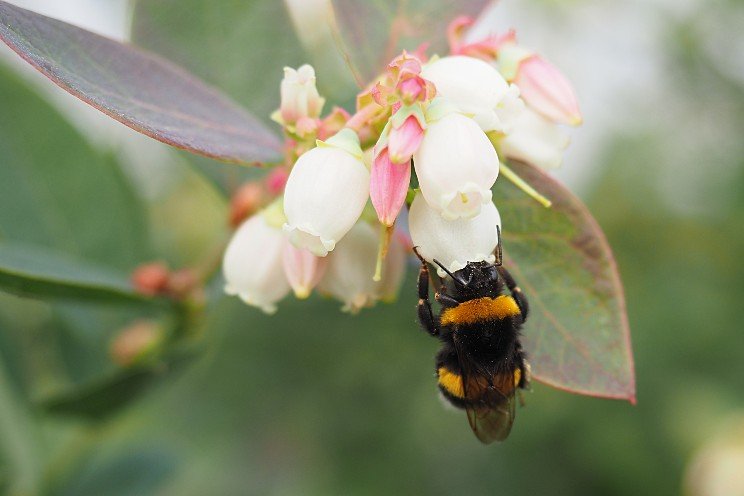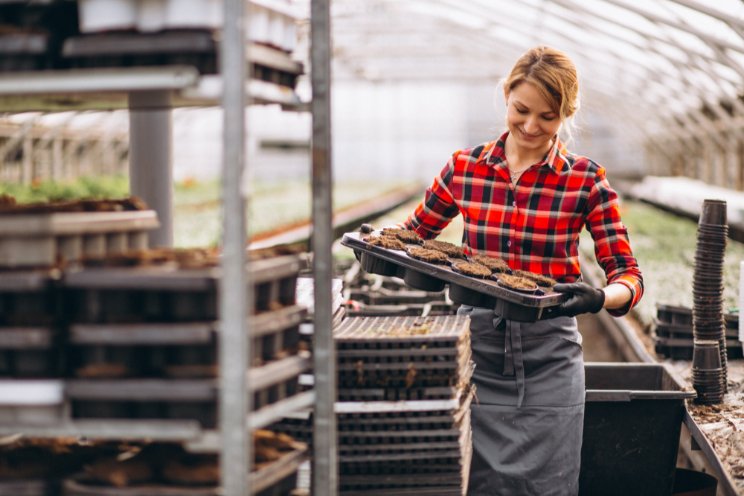The importance of transpiration
Added on 23 October 2023
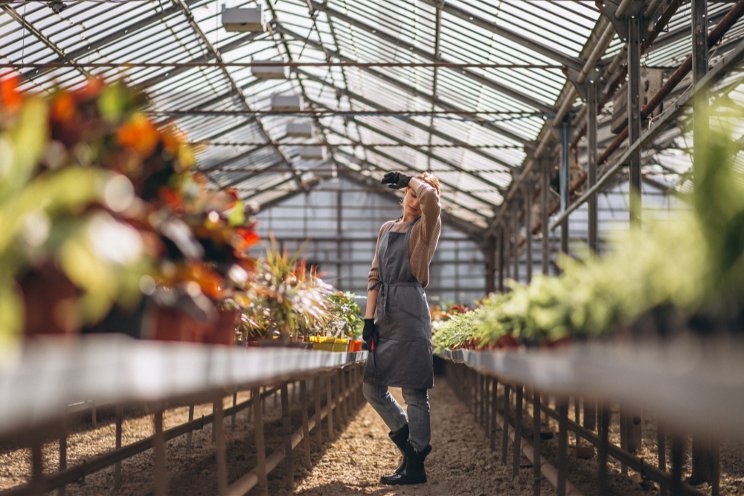
Water and Nutrient Uptake
Water is absorbed as a liquid by roots, moves through the stems and leaves, and is lost as a vapor through very tiny openings on leaves called stomata. This transpiration process is passive, meaning it doesn’t require energy. Instead, the driving force for water movement is from the difference in water potential between the root zone and the atmosphere. The evaporation of water from leaves has the greatest impact on the rate of water uptake and movement through the plant. Minerals are dissolved in water and together, they move from the roots to the shoots. Therefore, nutrient uptake relies upon water uptake, which relies upon a healthy root system and a driving force for evaporation. When water uptake is slowed, such as from insufficient water in the substrate, a poor root system, or high humidity (low vapor-pressure deficit, or VPD), nutrient uptake is simultaneously decreased.
Evaporative Cooling
There are similarities between transpiration in plants and respiration, or sweating, in people. Just like people lose water through their bodies to cool themselves, plants “sweat” to cool their leaves. We sweat more, or lose more water, when the air is dry — high VPD — and when it’s sunny. Plants are the same; they lose more water as the VPD increases and as the amount of energy incident upon a leaf — from the sun or electric lamps — increases. If a plant or plant part does not adequately transpire water, it can overheat under high light and kill plant tissues.
Image by senivpetro on Freepik
More news
